For many reasons, 2024 is a great time to remember the original Macintosh, which celebrates its fortieth anniversary this year. If Macintosh were human, his XNUMXs would definitely be more challenging.
It could be interest you
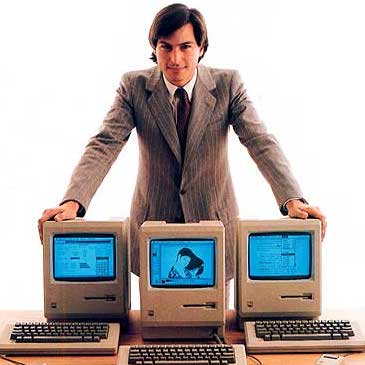
For many people, he would become practically invisible, he would slowly lose his relevance, his younger, slimmer colleagues would better keep up with current technological trends. Not to mention that no one would probably care how useful the person was years ago. Fortunately, the first Macintosh is a computer whose legacy is still cherished by many today. How has the history of Apple developed since its first introduction?
Macintosh for every home
The original Mac was powered by the 68000 chip, an advanced piece of technology at the time, developed by Motorola. For the first time ever, it was able to fulfill the unfulfilled dream of the late 60s of a mouse-controlled graphics computer, allowing ordinary people to harness the power of personal computers with an intuitive user interface that displayed the mysterious world of digital files as a virtual desktop with windows and folders with document icons.
Troubled times
In the late 80s, Apple increasingly became a marketing-driven company that sought to compete with mainstream personal computer manufacturers. From the very beginning, Apple tried to differentiate itself from the competition, and to bring to the market more than just uniform boxes that resembled each other. When the Macintosh reached the age of ten, it was suddenly pitted against Microsoft, its close software partner. Some have argued that the Windows 95 operating system appropriates virtually every core value that Apple created.
It slowly became apparent that as great a machine as the Macintosh was, Apple would need additional hardware products to keep up with the times in the fast-paced world of technology. As part of an effort to expand the portfolio, he published in the 90s NewtonMessagepad. But before the Newton could develop into a useful tool, it was undermined by much cheaper alternatives including the Palm Pilot. It didn't help that the Newton wasn't really finished and had little in common with the Mac as a platform, either in terms of hardware or software. An attempt to break into the digital camera market with the QuickTake model was similarly unsuccessful.
In addition to the difficulty of finding the next major hardware, Apple was also plagued by fundamental flaws in its aging Macintosh system software and in its software development tools, which caused a series of strategic mistakes.
Beautiful new machines
Fortunately, the company was saved from oblivion in the late 90s thanks to a change in leadership initiated by a returning Steve Jobs. Jobs' Apple re-introduced the Mac as a more affordable computer aimed at consumers and professionals who wanted a simple way to browse the web, do basic computing, and organize digital music and photos.
It could be interest you

And it was again Jobs' Apple that created a new era of exciting potential based on industry standards, open source code and, perhaps most importantly, a comprehensive strategy of continuous improvement that delighted loyal Mac users and lured away Windows users tired of viruses, spyware, constant adware and other inconveniences often associated with using Windows computers.
The new Apple not only produced distinctive hardware, but also annually delivered new updates to its redesigned Mac OS X operating system. The truly successful new hardware products finally saw the light of day - the iPod, the iPhone, and later the iPad. Apple significantly impacted and changed the entire landscape of the technology world by introducing the iPad as an alternative way to access computing in a way that brought the power of desktop computers to a new, large audience.
In the early 10s, Apple not only sold multiple individual devices, but also different categories of Macs, each targeting different use cases. Over the course of the last decade, Apple also expanded to sell the Apple TV as an even simpler product with an Apple operating system that only did a few things, but did them really well and simply. The Apple Watch was the ticket to the world of wearable devices for Apple.
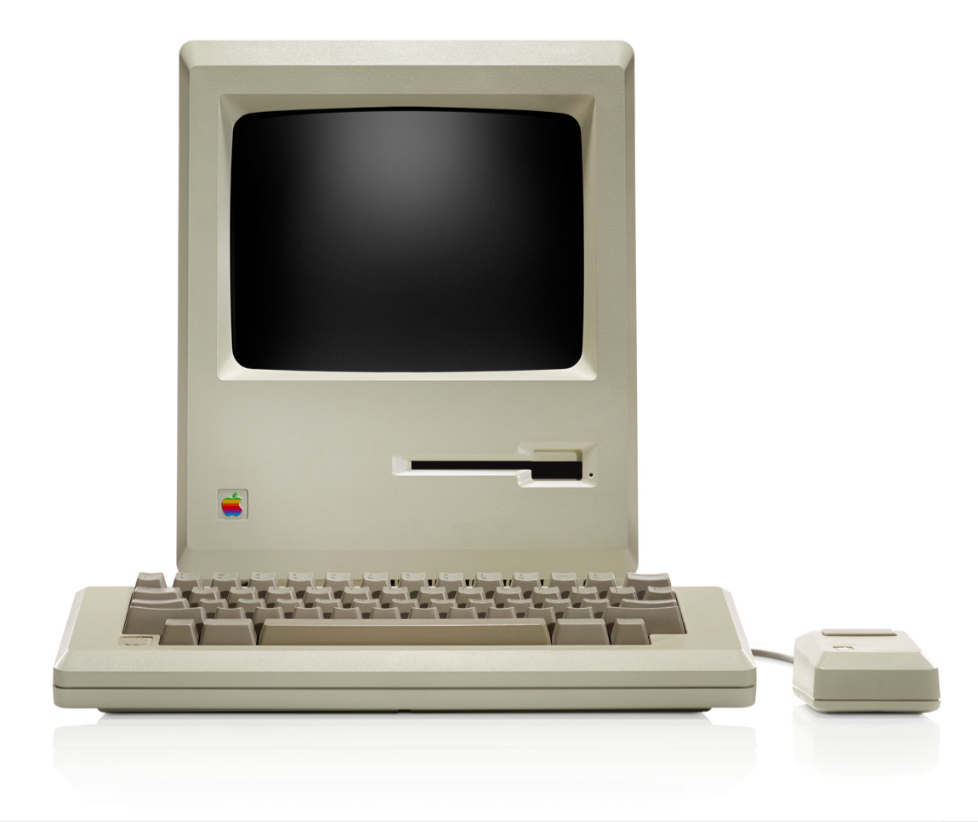
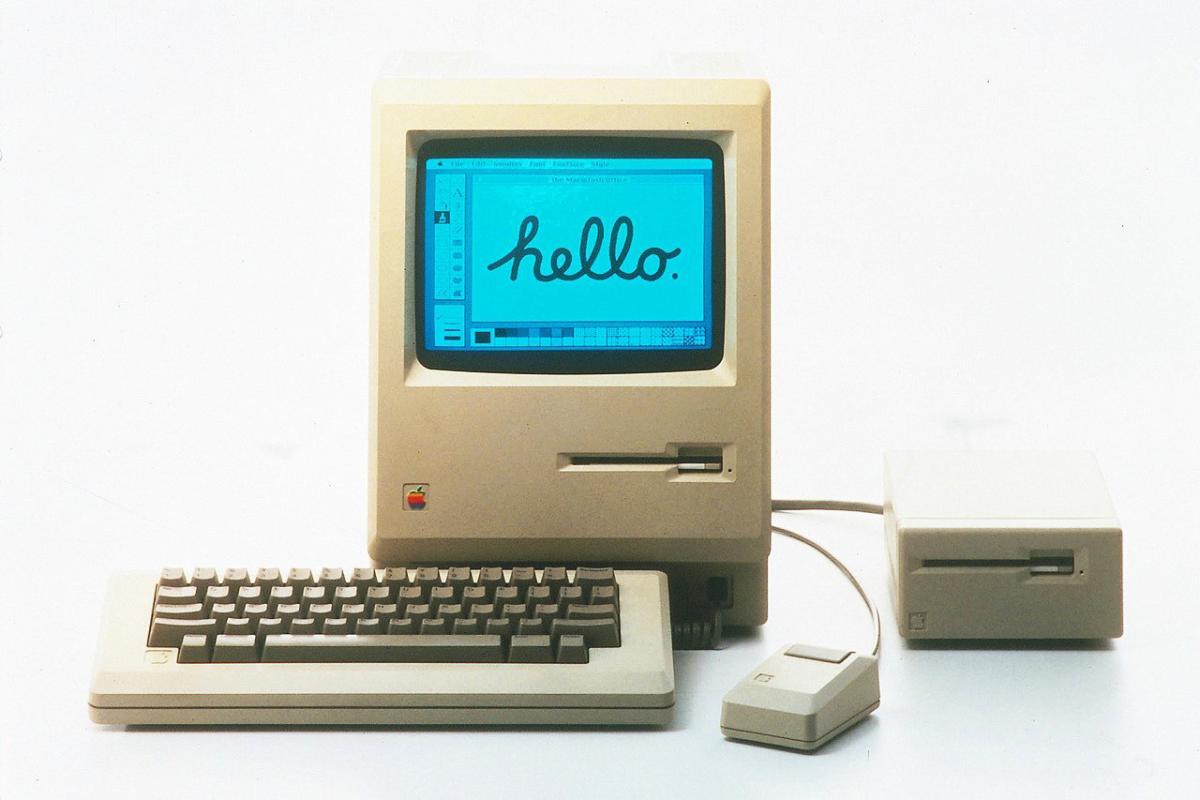
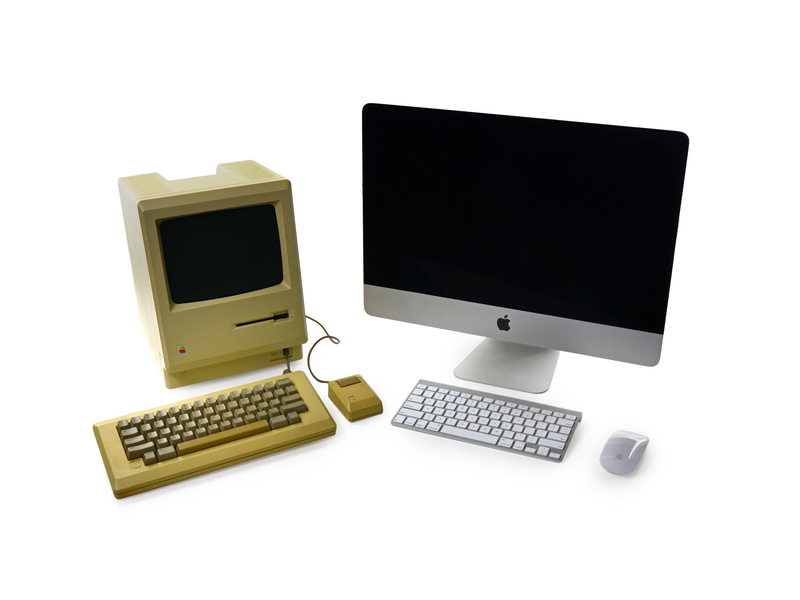
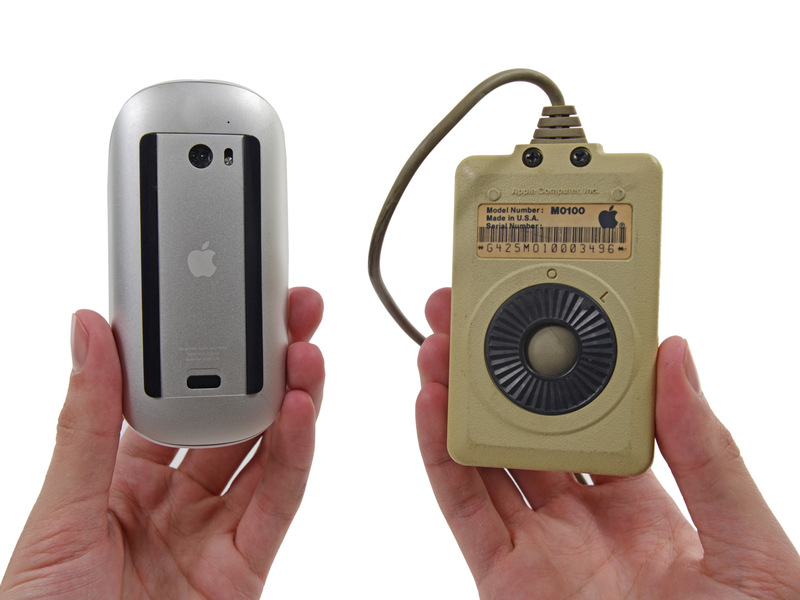
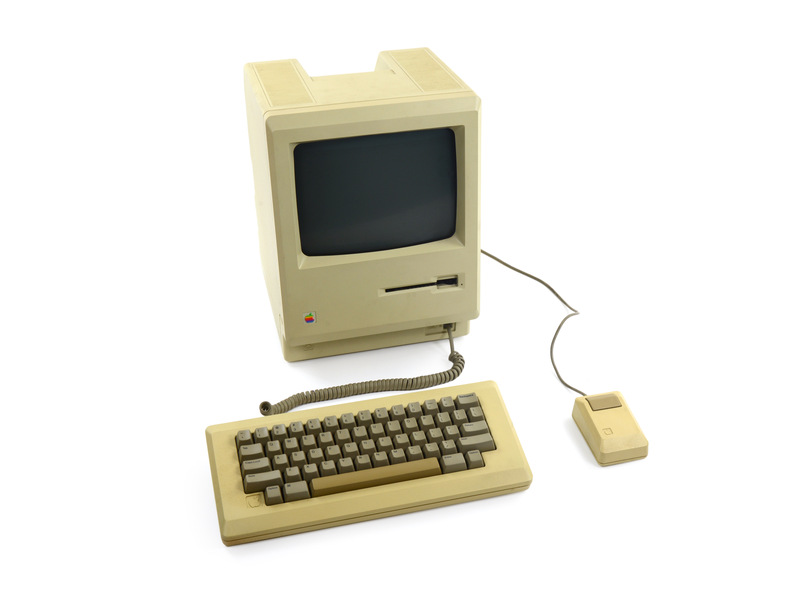
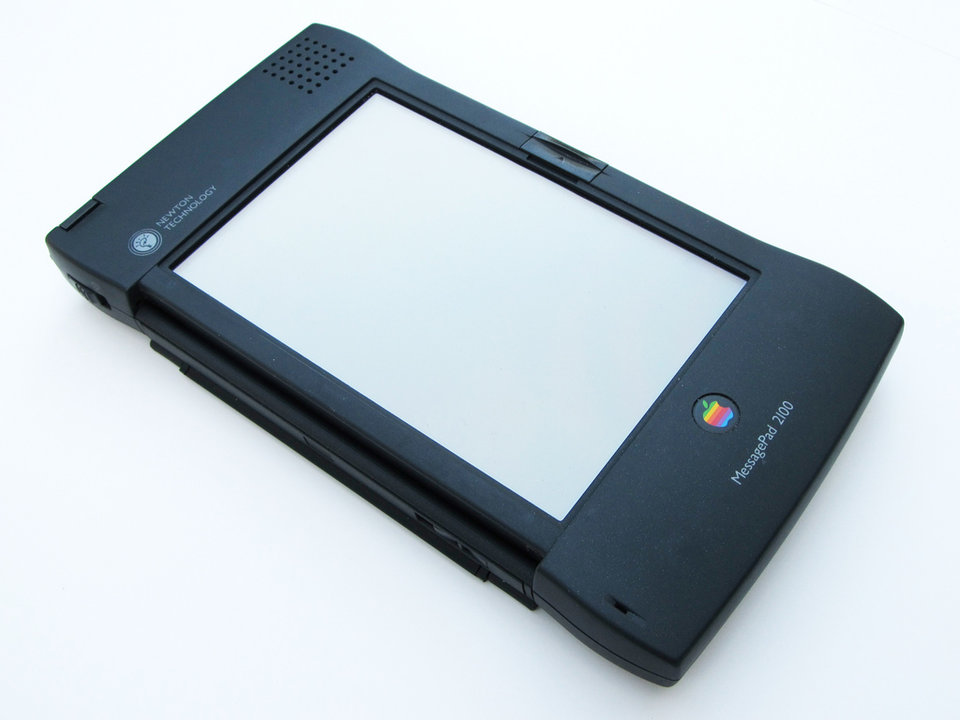


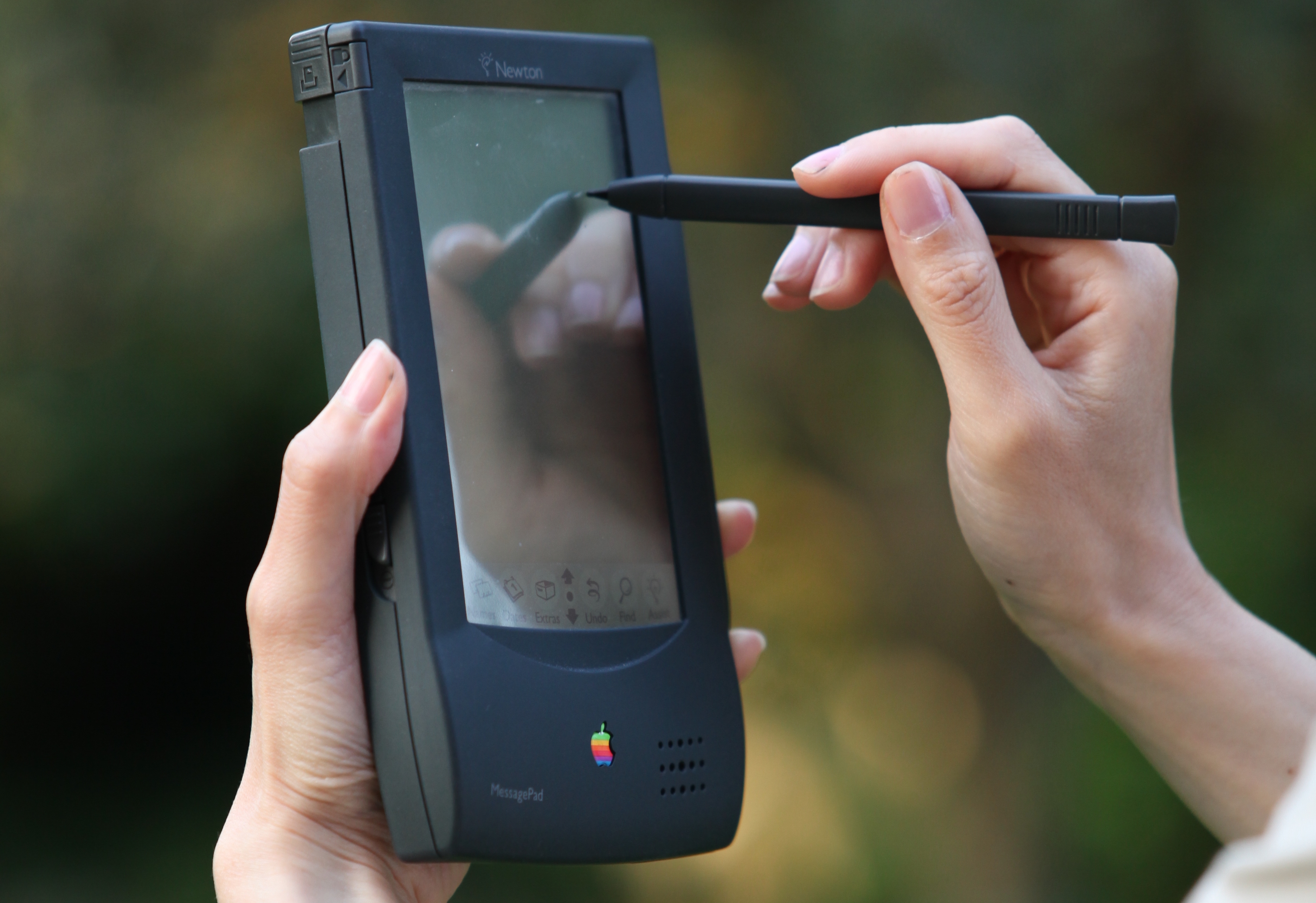
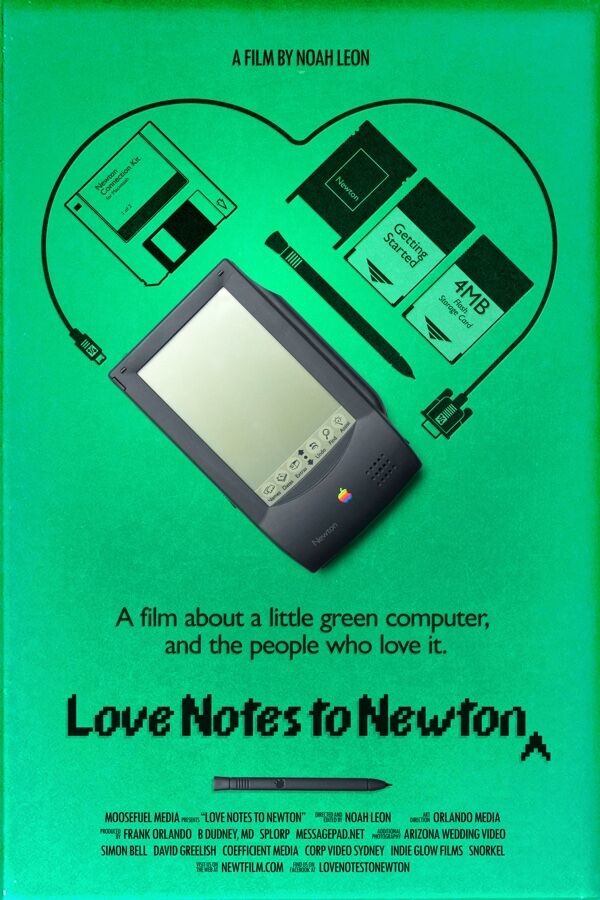
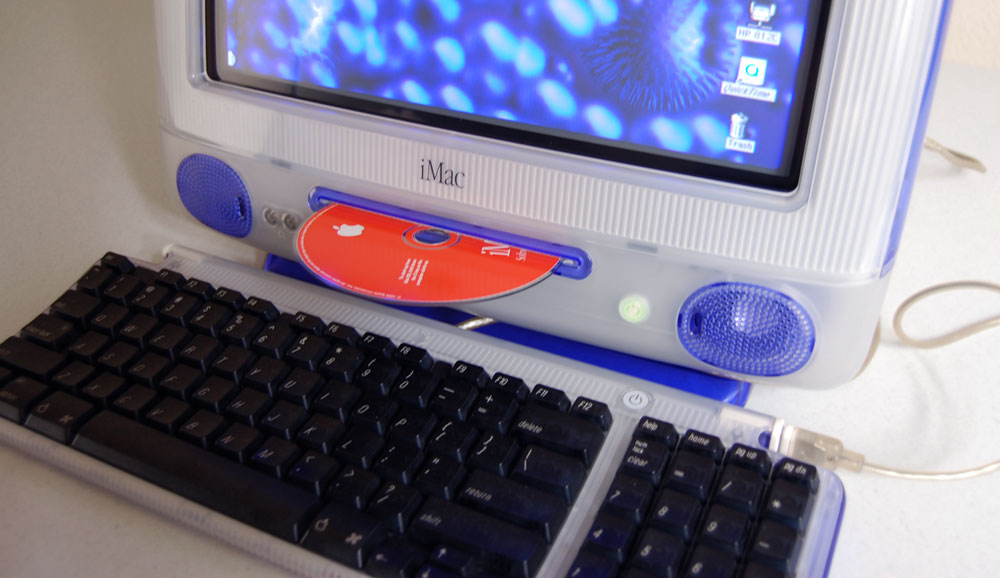
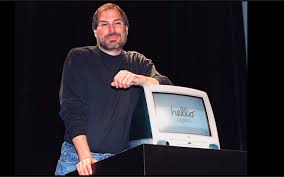
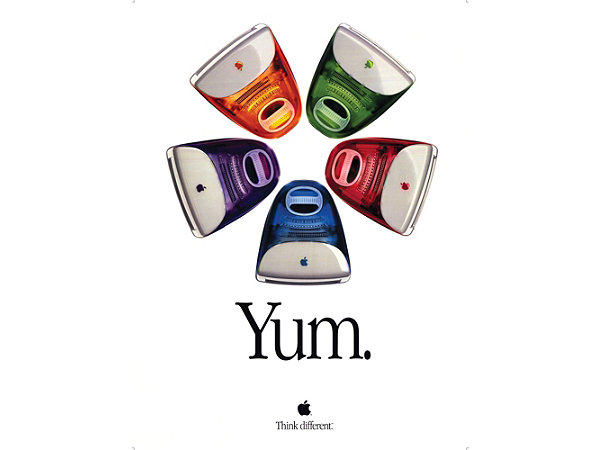
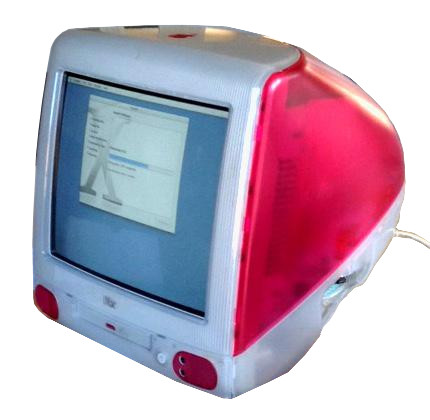
In connection with the old Macintosh, I always remember how you wrote, probably in the other webzine, about that old Macintosh style dock.